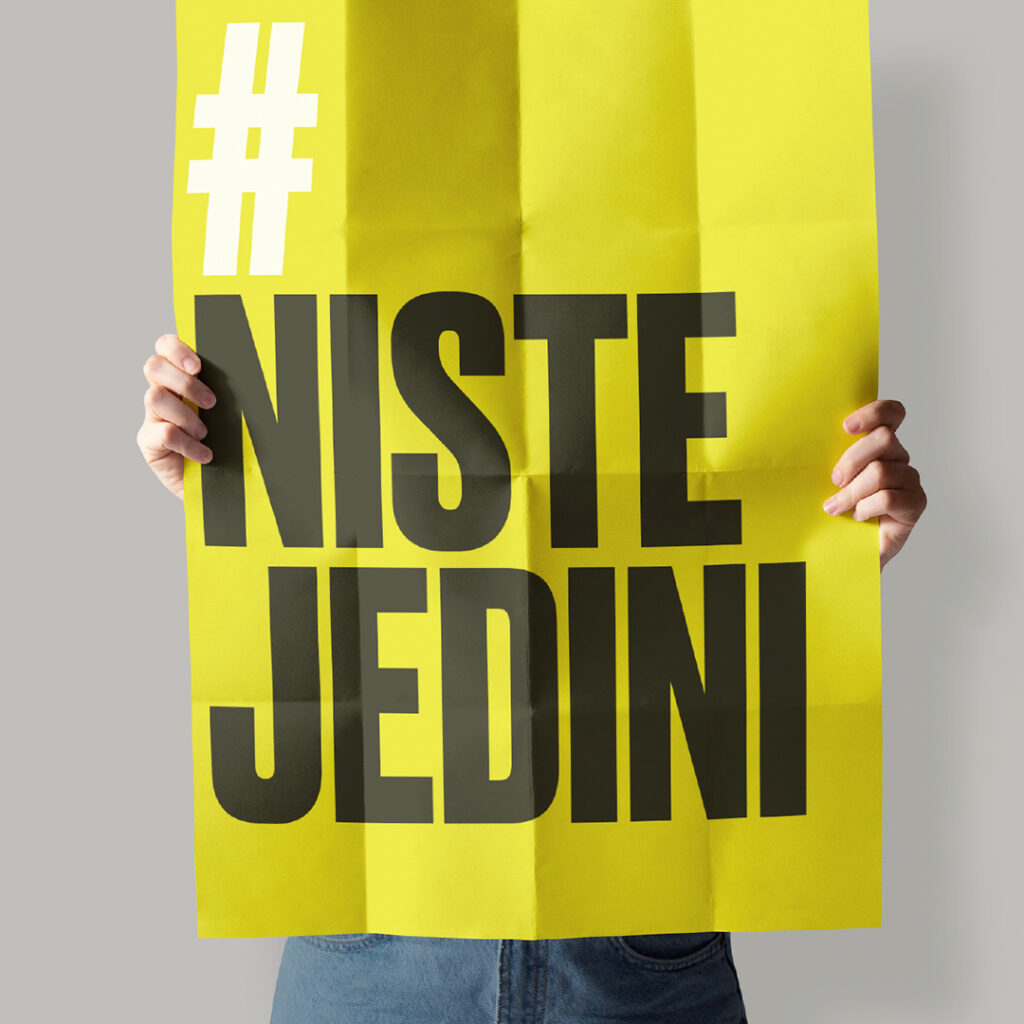The company I run will celebrate its tenth anniversary this January. Of course, I remember everything—how the idea first came to us, what others told us (“Don’t do it, kids, are you out of your minds?!”), how we knew nothing yet thought we knew everything. That’s just how it goes. I remember it all, but from the comfort of my office chair now, I can’t quite summon that feeling—the one that made us unbuckle all our safety belts, take the leap, and say, “That’s it, we’re doing this.” How did we manage to make every decision, somehow push through the hardest moments? Honestly, I couldn’t even make up a simple, motivational answer if I tried.
How are decisions even made? When you don’t have hard data or deep insights, you rely on gut feeling, experience, and sheer stubbornness—survive now, analyze later. That’s how we’ve somehow made it to a decade (January is still a ways off, admittedly), and that’s how countless other small, medium, and even some big businesses I know have done it too. Among the many quirks of our homeland, one of the most stressful is that barely anyone knows what tomorrow will bring, let alone five or ten years from now.
That’s why it’s been hard to adjust to a new, yet painfully logical reality we’ve been implementing in our business and sharing with others: we now invest enormous effort and resources into truly understanding the people we’re speaking to—their habits, needs, ideas, values, how they consume information, how they entertain themselves, how they celebrate. In the communications business, these insights are practically our lifeblood, but they’re becoming unavoidable for everyone.
Here’s an exclusive for loyal readers: 44% of Serbian teens aged 12–17 have a TikTok account. What does that mean for you as a parent? What does it mean for you as a leader? Will you be among those mothers and fathers who recently lost their minds when a Belgrade municipality invited a successful athlete (who also happens to be a TikToker) to give a school lecture? The kids, of course, went wild—the parents were scandalized. And while you or I may not have even heard of TikTok a year or so ago, 2% of our citizens now say it’s their primary source of news about the world around them. “No big deal,” you might say—and I’d agree, if the data didn’t also show that only 3% rely on Twitter (yes, that blue hive of “layabouts and latte-sippers” whose soundbites regularly end up on A3 posters printed in full color and brought into TV studios by the president).
The most trusted news source? Online portals (24%). Traditional print media? A measly 2%. (What a paradox that I’m writing this in a magazine.) But here’s the kicker: 4% of Serbians place the most trust in influencers.
When it comes to social media, Facebook still dominates—60% of people use it daily—followed by YouTube and Instagram. Over 60% of our citizens are on Viber. These numbers come from the extensive Media and Digital Literacy in Serbia study conducted by CeSID for Propulsion. The research, carried out over the past 12 months with a sample of 1,500 citizens (plus employees in public administration, businesses, media houses, universities, students, and influencers), was published just days ago at the end of September.
A few more fresh insights I wish we’d had when starting our business – if you’re planning a social media presence, know that almost no one scrolls the news feed on Facebook or Instagram anymore. What’s catching attention instead? Instagram Stories, which about 40% of Serbians exclusively watch rather than browsing traditional feeds. Messaging apps are dominating too, with a whopping 83% actively using Facebook Messenger for daily communication. And in an interesting twist, Facebook Groups are staging a major comeback, currently being used by 46% of our citizens for everything from local community discussions to niche interest groups.
These figures become even more significant when you consider they represent our general population – not just the tech-savvy or social media power users. That’s exactly why we’ve gone beyond surface-level reporting and published everything in far greater detail at novapismenost.rs. We’re firm believers that reliable data – the kind that should drive real business and policy decisions – needs to be freely available to everyone who needs it: from entrepreneurs and marketers to media professionals, government institutions, educators, influencers, and really anyone trying to navigate our rapidly evolving digital landscape.
Crucially, these figures represent the general population—not just internet or social media users. That’s why we’ve published everything in far greater detail at novapismenost.rs, because we believe reliable data—the kind that drives real decisions—should be available to everyone: businesses, media, institutions, communicators, influencers, and society at large.
How we receive information, from whom, and how we process it to make decisions have become the most critical skills we—as responsible individuals, whether in private life or business—must master. Otherwise, someday, they might write about us as “former giants brought to their knees,” who “failed to adapt to the new era.”
Is it hard? For me and my team too, believe me. But we have to. And don’t worry—you’re not alone.


